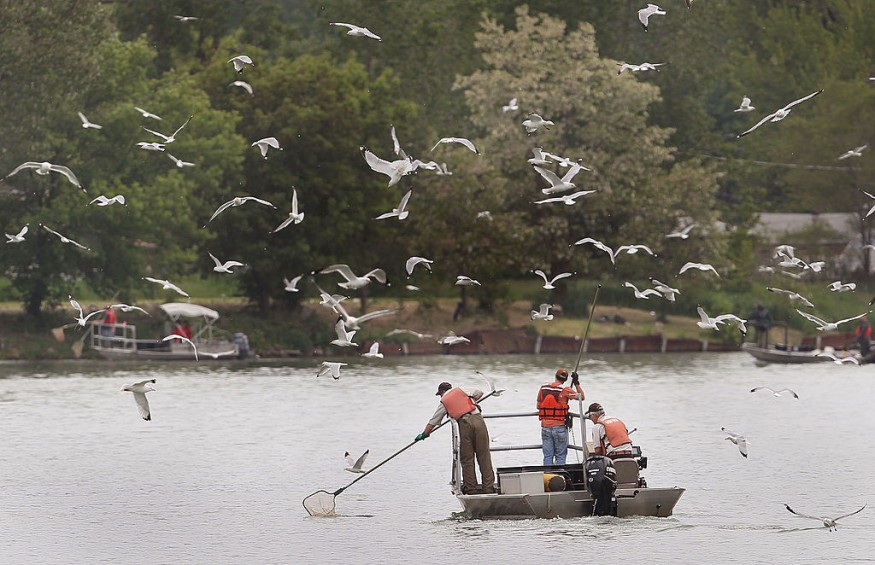The latest report raised concerns about the fast-growing invasive carp in the US South Dakota waters, causing significant impacts on native fish and other marine animals.
The arrival of invasive species can significantly threaten native species, including plants and animals. Invasive species, like carp, can quickly grow and spread in waters in the US. As a result, mitigation and protection efforts are crucial to prevent the spread of invasive species.
In the South Dakota waters, the recent report found the new invaders, the invasive carp. The silver carp, bighead carp, grass carp and black carp can rapidly spread and are fast-growing eaters of native fish.
Researchers from the South Dakota State University monitored the invasive carp threats on the US waters and avoid the potential effects on native species.
Fast-Growing Invasive Carps: How Do They Threaten South Dakota Native Species

The said carp species are also known as invasive carp. They arrived in the US in the 1970s for aquaculture ponds and wastewater treatment. The distinct types of carp managed to enter US waters due to heavy rains and flooding.
The invasive carp penetrated the Mississippi River and other areas. Because they are fast-growing and prolific eaters, the native marine animals found it challenging to compete.
Furthermore, reports highlighted that the Asian Carp could cause ecological threats. They can affect the food web stability for native fish-consuming plankton. As a result, protecting the native species is crucial.
In South Dakota, the flooding helped in the emergence of invasive carp in the James River and Lake Yankton. They are also sighted in parts of Silver Lake and Forsch Lake.
Controlling the Carp Invasions
Researcher Alison Coulter explained that preventive measures are important to prevent the invasion of carp. Coulter is also an assistant professor SDSU's Department of Natural Resource Management.
Controlling the carp invasion is essential in South Dakota to avoid entering the Missouri River. Researchers developed modeling flood scenarios to find potential areas where carp can enter.
In the Chicago Area, special barriers are installed to protect the Great Lakes from invasion of invasive carp. Researchers highlighted that the carp could damage the commercial fishing and tourism industries in the region.
According to reports, the boat motor sounds can make the silver carp jump simultaneously. It can result in boat accidents, injuries and damage.
Also Read : Protecting Migratory Habitats Crucial For Endangered Thick-Billed Parrots, Research Shows
Did you know? About Invasive Carp
The common and invasive carp have different tastes. The invasive carp can taste like tilapia. Researchers explained that they could be used as fertilizers.
Related Article : Rare Tropical Birds 'Limpkins' Helps to Reduce Invasive Snails, Mussels in Illinois, US
For more similar stories, don't forget to follow Nature World News.
© 2025 NatureWorldNews.com All rights reserved. Do not reproduce without permission.





